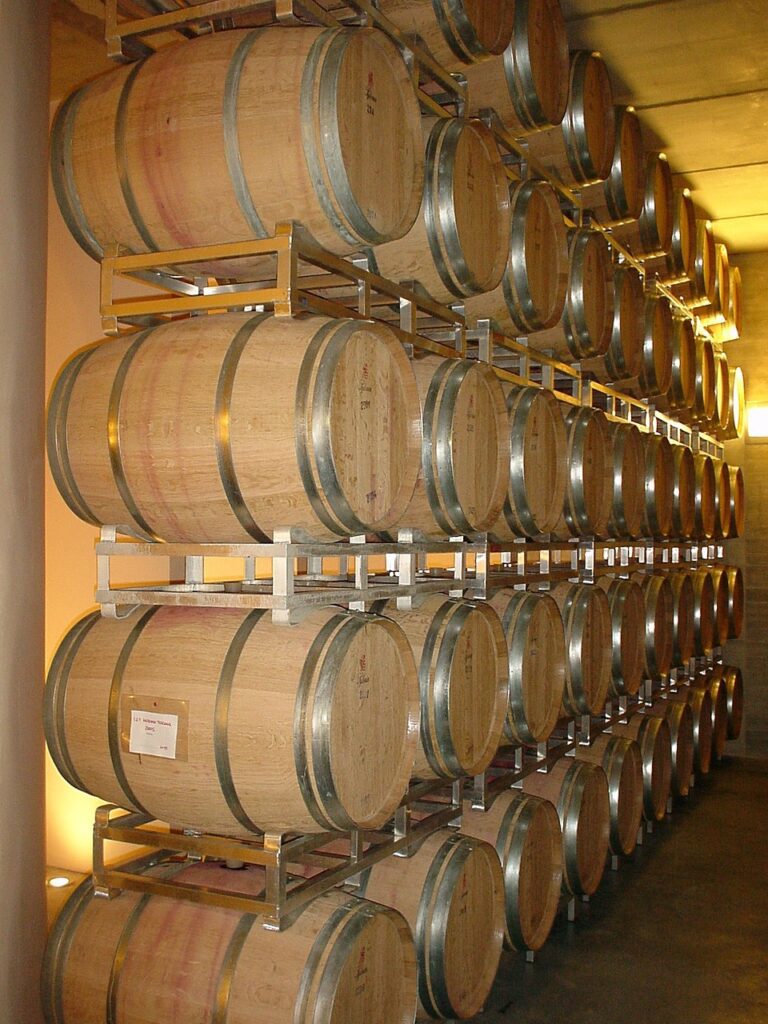The permissibility and legal restrictions of additives during winemaking are controlled globally. Import countries however have different prescriptions and wine cellars must be aware thereof it to export their wines successfully. Most additives also have a selective influence and few have a spectrum of influences on wine.
Over the recent decade the interest in the use of chitosan during winemaking has increased, because it is a so-called “animal free” additive approved by the OIV. It can also be used for organic winemaking. It is a natural polysaccharide, obtained by the de-acetylation of chitin. Chitin is the main component of the cell walls of fungi, plants and insects. Chitosan and chitin-glucan of fungal origin (Aspergillus niger) are the permissible products that can be used for the decrease of undesirable micro-organisms, settling aid, anti-oxidants, decrease of copper and iron concentrations and removal of contaminants.
The attention of chitosan in the food and wine industries is especially as a result of its anti-microbial characteristics. It can control the growth of an undesirable yeast like Brettanomyces, lactic acid bacteria like Lactobacillus, Oenococcus and Pediococcus and acetic acid bacteria like Acetobacter. Although it is not yet confirmed, the hypothesis exists that its anti-microbial effect is the result of a change in the cell membrane and its structure, which can lead to the leakage of the cell’s cytoplasm. These anti-microbial features make it very versatile for the food and wine industries. It can for example improve the shelf life of bread, fruit and vegetables and decrease Brettanomyces populations by using the chitosan product No Brett Inside™. Recent research also indicated that the undesirable aromas formed by Brettanomyces can be decreased by chitin or chitosan. A dosage of 20 – 50 g/hL Bactiless™, which is a combination of chitosan and chitin, can with a minimum contact period of 10 minutes also remove lactic and acetic acid bacteria. It can especially be used beneficially after malolactic fermentation (MLF) instead of using lysozyme to prevent MLF. Microbiological stability can be obtained in wine.
Chitosan can also be used as an aid during flotation for the clarification of juice prior to fermentation. Flotation imparts the removal of turbid particles by transferring it with small gas bubbles to the juice surface where it is removed. The flocculation of the turbidity is however essential to remove it effectively. This flocculation is usually promoted by fining agents like gelatine. The chitosan product QiUpXC™ can however, also be used for that as an “animal free” product at a dosage of 2 – 10 g/hL.
The oxidation of wine can lead to undesirable colour and aroma profiles. The chitosan product, IOCNo[Ox]™, can at a dosage of 20 – 80 g/hL for juice or 10 – 60 g/hL for wine be used to prevent it. Due to its mechanism against free radicals, it is a powerful anti-oxidant. It also contains bentonite to remove the formed complex.
The appearance of heavy metals like iron (Fe) and copper (Cu) in wine can be of natural origin or as a result of vineyard and winemaking procedures. Soil contains Fe and Cu, which can be absorbed by the vine. Vineyard sprays with Cu products or the exposure of juice and wine to Fe-containing cellar equipment can increase the concentrations of the metals. Fe-concentrations higher than 5 mg/L in wine can lead to Fe-turbidity in it. High Cu-concentrations can cause fermentation problems or lead to the removal of sulphur containing flavours. Trap’Metals™ is a chitosan product that can lower the heavy metal concentrations in juice and wine.
Chitosan products of fungal origin and chitin glucan products can consequently be used beneficially for different reasons, but it is essential that small scale experiments are done to determine the dosage (Longe et al., 2021).

Chitosan can be used for the clarification of wine and the decrease of wine’s micro population.
Reference
Longe, R., Bartowsky, E. & Gore, R., 2021. Chitosan for winemaking processing. Australian and New Zealand Grapegrower and Winemaker, May 2021.













